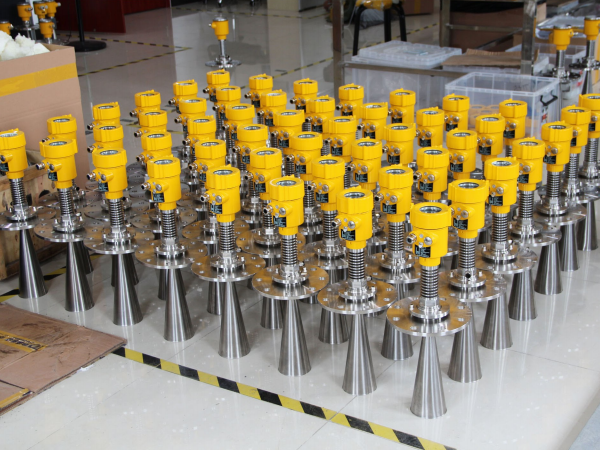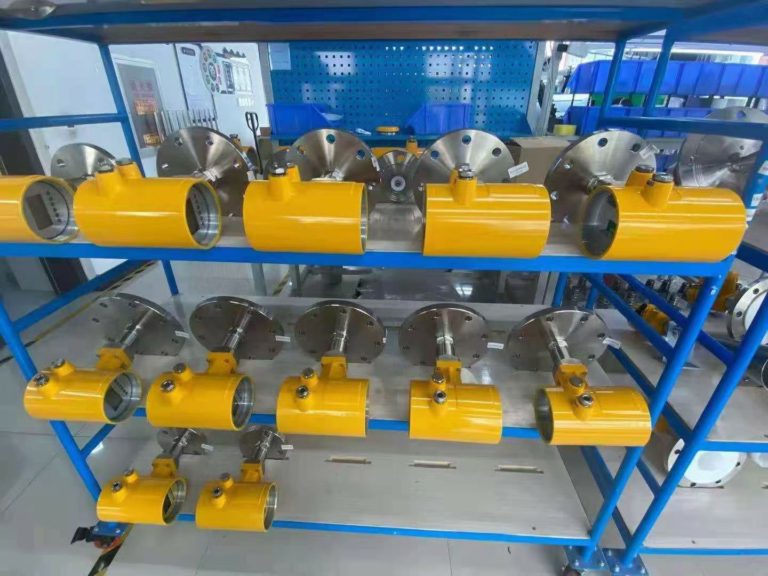Radar level meter and external level meter are two kinds of level measuring instruments commonly used in industrial processes, which have some differences in terms of working principle, installation method, and applicable scenarios. In this article, we will introduce the features and differences between radar level meters and external level meters.

First, let’s understand the radar level meter. A radar level meter is an instrument that uses radar technology for liquid level measurement. It measures the height of the liquid by transmitting and receiving microwave signals.
The working principle of a radar level meter is to transmit a microwave signal, when the signal meets the surface of the liquid, it will be reflected, and the received reflected signal can be processed to calculate the height of the liquid level.
With the characteristics of non-contact measurement, high accuracy, and good stability, the radar level meter is suitable for measuring various liquids, including corrosive liquids and high-temperature liquids. And the externally affixed level meter is a device that measures the liquid level by means of a sensor attached externally to the wall of the vessel.
The external level meter usually consists of a sensor and a display. The sensor is attached to the outer wall of the vessel and determines the level by measuring physical quantities such as pressure, capacitance, and resistance. The advantages of external level meters are simple installation, lower cost, and suitable for some smaller containers or scenarios where direct contact with liquid is not possible.

There are obvious differences between radar level meters and externally attached level meters in terms of installation methods. Radar level meters are usually installed on the top of a liquid vessel and measure the level by transmitting and receiving signals, thus requiring a certain installation space.
The external level meter can measure the level by attaching to the outer wall of the vessel without direct contact with the liquid, so it can be applied to some scenarios where the installation space is small or direct contact with the liquid is not possible. In addition, there are differences between radar level meters and external level meters in terms of application scenarios.
The radar level meter is suitable for measuring various liquids, including corrosive liquids and high-temperature liquids, due to its non-contact measurement feature. It can also provide stable measurement in harsh working environments, such as chemical plants, petroleum refineries, etc.
And due to its easy installation and lower cost, the external affixed level meter is suitable for some smaller vessels or scenarios where direct contact with liquids is not possible, such as small storage tanks, pipelines, etc.

As mentioned above, there are some differences between radar level meters and external level meters in terms of working principle, installation method, and applicable scenarios.
A radar level meter measures the height of liquid level by transmitting and receiving microwave signals, which is suitable for measuring various liquids with high accuracy and good stability; while an external affixed level meter measures liquid level by external sensors attached to the vessel wall, which is easy to install and low cost, and is suitable for some smaller vessels or scenarios where direct contact with liquid is not possible.
According to the actual demand and scene characteristics, you can choose the suitable meter.
